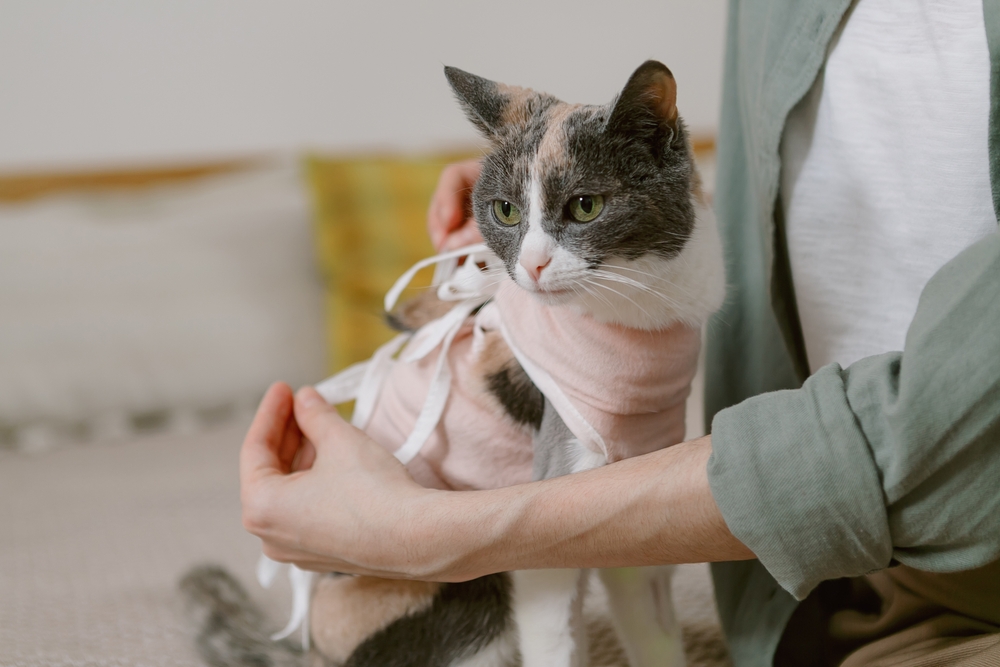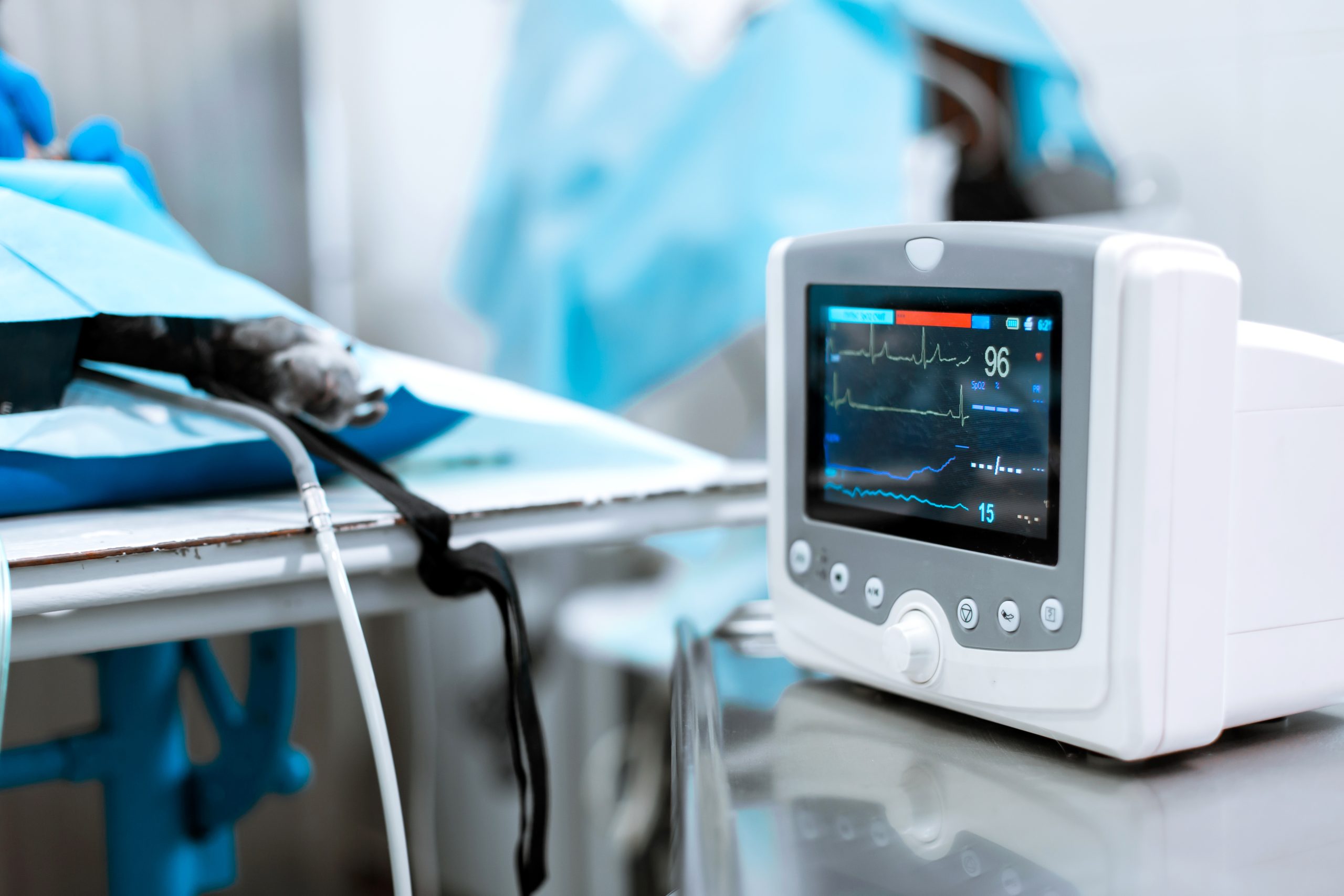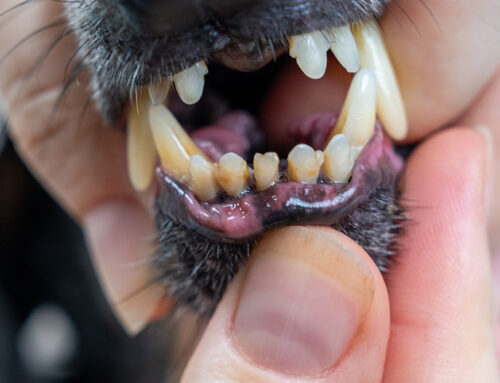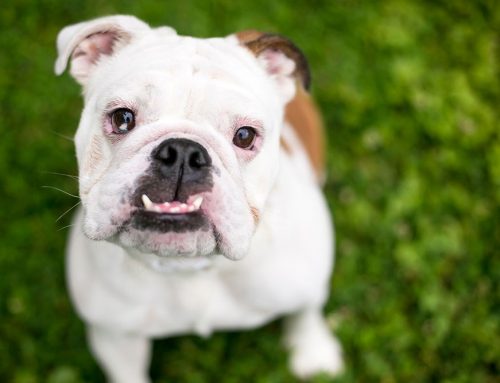Pet owners commonly postpone their pet’s oral care because of anesthesia-related concerns. Sadly, this allows periodontal disease and other oral conditions to progress unchecked and as a result, many pets live with chronic pain and inflammation.
General anesthesia is critical to ensure the safest possible patient dental experience. Here at North Bay Veterinary Dentistry, our team encourages pet owners to not let those risks limit their pet’s access to care. Instead, we address these concerns, treating each patient as if they were our own, bringing high-quality medicine to the anesthesia table.
The North Bay Veterinary Dentistry difference
Our anesthetic approach is informed by many years of experience and training, following the most up to date research, and is performed with well-honed skills and apt, caring hands. We also use the latest cutting-edge technology to ensure the safest, most efficient patient experience.
We want you to understand our commitment to patient safety, so walk with us in your pet’s paws to experience the North Bay Veterinary Dentistry anesthesia journey.
Check me out: Your pet’s anesthesia safety begins with a consultation
Anesthetic safety is always on our minds, including at your pet’s initial consultation. During our first meeting, our board-certified veterinary dentist, Dr. Fulton Scanlan, will perform a full physical examination on your pet and review their previous medical records. We also get to know you and your pet a little better. This ensures that we overlook nothing and that we provide the highest level of individualized care. If we identify any concerns, we may recommend further testing, such as additional blood work or imaging, to ensure your pet is fit for anesthesia.
If your pet has a complicated health history or is considered a high anesthetic risk, we may recommend a consultation with our board-certified anesthesiologist to plan your pet’s anesthetic protocol and minimize potential challenges. In the most risky situations, we may even schedule our anesthesiologist to be present and perform the anesthesia for your pet.
Today’s my day: Preanesthetic preparations for your pet
After your pet is admitted on surgery day, Dr. Fulton will re-examine your pet to confirm their continued well-being. Our technicians, Ashley and Bridgit, will begin preparing for your pet’s procedure, which includes a peaceful and cozy kennel or sofa where your pet will wait until their procedure. We may send home medications to administer prior to arrival to help the relaxation start at home. When we are ready to begin the procedure, we will place an intravenous catheter and administer pain medications that also cause sedation.
Your pet is closely observed during this time and brought to the treatment area once the medications take effect. When your pet is appropriately sleepy, we begin the anesthetic induction process, which includes:
- Intravenous (IV) catheter placement — The IV catheter provides stable and reliable venous access for medication and fluid administration.
- Intravenous fluid therapy — Unless contraindicated, most pets receive IV fluids to help support blood pressure and medication metabolism.
- Induction administration — Induction medications (e.g., propofol) are given intravenously to achieve the correct anesthetic depth to be able to intubate your pet.
- Intubation — Technicians secure the pet’s airway with a soft and flexible breathing tube in the trachea.
- Monitoring — Your pet is immediately connected to our advanced monitoring equipment that provides continuous assessment of key vital signs, including heart, pulse, and respiratory rate, electrical activity in the heart, blood pressure, temperature, and oxygen and carbon dioxide levels.
Keep me safe: Intraoperative anesthesia for your pet
Every anesthetized pet has a dedicated veterinary technician anesthetist who provides continuous hands-on monitoring throughout their procedure. The technician records your pet’s vitals, monitors anesthetic depth, ensures all equipment is accurate and functioning, and reports any changes or concerns to the veterinary dentist, who is always nearby. The technician also maintains patient comfort with heat support, safe positioning, and patient response observations to identify pain or discomfort.
Because patient risk increases with prolonged anesthesia times, our veterinary dentist and technician team prioritize efficiency. Our well-trained and specialized staff carry out each phase of your pet’s procedure (e.g., induction, imaging, dental cleaning, surgery, or other procedure, recovery) with skilled, gentle, and swift techniques.
Finally, because pain can complicate anesthesia and recovery, we use a pain management protocol that ensures a smooth and safe anesthetic experience by anticipating potential discomfort. The protocol includes:
- Pre-anesthetic analgesia (i.e., premedication with a pain reliever, such as an opioid)
- Intraoperative local or nerve blocks to numb specific oral cavity areas
- Supplemental analgesic medications during or after anesthesia
Wake me gently: Anesthetic safety during your pet’s recovery

Contrary to popular belief, the recovery phase—not the procedure— is the most fragile anesthetic period for pets. To ensure your pet’s safety, we continue to monitor and observe our patients in recovery until each pet is stable and awake.
Our recovery process includes:
- Dedicated recovery technician — Your pet’s recovery technician provides hands-on support until they are extubated, alert, and self-supporting.
- Regular vitals checks — Any changes are reported to our veterinary dentist.
- Pain assessment — Pain can increase stress, delay recovery, and decrease healing, so we routinely assess for pain and provide patients with additional analgesia, as needed.
- Heat support — We use gentle rewarming devices to provide supplemental heat until your pet can regulate their own body temperature.
- Quiet and low-stimulation recovery area — Noise and bright lights can negatively impact recovering patients. Our recovery area is designed to provide a calm and restful return to consciousness.
- Detailed discharge information — When you return to take your pet home, our team will walk you through post-operative expectations and care instructions after your pet’s anesthesia.
The North Bay Veterinary Dentistry team understands that anesthesia can concern pet owners, but general anesthesia is necessary for dental treatment to be thorough, safe, and effective. If your pet needs dental care or an advanced oral procedure, contact the North Bay Veterinary Dentistry team to schedule a consultation, or request an appointment online.






Leave A Comment